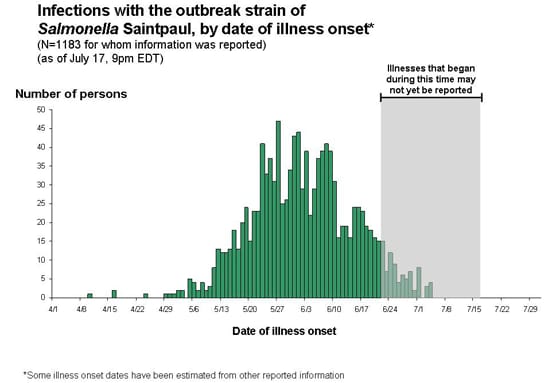Olivia Judson has written another installment in her series celebrating Charles Darwin. In this one, she suggests that we should lose the term "Darwinism" and all its variants. I think that she argues convincingly that labeling the scientific enterprise of modern evolutionary biology as "Darwinism" implies that the field is static, indeed, "that the subject hasn’t changed much in the 149 years since the publication of the Origin." Of course, nothing could be further from the truth and the obsession with questions of the form "Was Darwin Right About X?" plays into the hands of anti-rationalist, anti-science creationists.
Frequently, I have been bothered by the cult of Darwin that one finds among a certain kind of evolutionary thinker and it's nice to see Judson calling this out.
There is an interesting dynamic that played out in the area of human behavioral biology in the late 1980s and early 1990s. At the time, there was a feud developing between scientists who studied the present-day consequences of variation in human behavior and those more interested in the design of the organ that leads to behavior, the brain. In a provocative paper written in 1989, Donald Symons of the University of California Santa Barbara suggested that "adaptive design is usually manifested at the psychological rather than at the behavioral level, that measuring reproductive differentials is at best an inefficient and ambiguous way to illuminate adaptation, and that Darwin's theory of natural selection sheds light on human affairs only insofar as it promotes understanding of the psychology that underpins these affairs." (there's that ownership of natural selection again) Needless to say, this paper did not go over well with people who actually chose to measure the present-day consequences of behavior (e.g., on reproductive success) and a bit of a flame war broke out in the pages of the journal Ethology & Sociobiology (the official publication of the Evolution and Human Behavior Society and later to be renamed Evolution and Human Behavior).
What is so interesting about this debate is how, in good segmentary fashion, the two sides desperately tried to claim Darwin as the founding mythological patriarch of their lineage. A science true to Darwin's legacy would variously study behavior or study psychology depending upon whether one was a Darwinian Anthropologist or a Darwinian Psychologist (Symons's terms, though I should note that to this day, at least a plurality of evolutionary psychologists reside professionally in anthropology departments). This debate continues, albeit a little less raw. I list a number of key papers in this debate below. We read these in my graduate seminar on evolutionary theory in the anthropological sciences.
So I support Judson's call to drop the term "Darwinism" (or "Darwinian") from our regular scientific vocabulary. As she cleverly argues, we don't refer to fixed wing aeronautical engineering as "Wrightian" aeronautics, despite the fact that the field was established by the Wright brothers. Use of the patronym plays into the hands of creationists. It also makes it too easy to forget that evolution is effected by more than simply "Darwin's" natural selection. There is (the other) "Wrightian" genetic drift. Or mutation. Or even something as prosaic as migration (dare I call it "Cavalli-Sforzian"?). Science should strive to transcend the cult of personality. I, for one, would like to see less political and religious jockeying to see which tradition can be more true to its mythological "Darwinian" patriarch and more focus on actually doing science. But I guess that just shows that I remain naïve about human nature.
References
Symons, D. 1989. A Critique of Darwinian Anthropology. Ethology and Sociobiology 10 (1-3):131-144.
Tooby, J., and L. Cosmides. 1990. The Past Explains the Present - Emotional Adaptations and the Structure of Ancestral Environments. Ethology and Sociobiology 11 (4-5):375-424.
Betzig, L. 1989. Rethinking Human Ethology: A Response to Some Recent Critiques. Ethology and Sociobiology 10 (5):315-324.
Turke, PW. 1990. Which humans behave adaptively, and why does it matter? Ethology and Sociobiology 11 (4-5):305-339.
Tooby, J., and L. Cosmides. 1989. Evolutionary Psychology and the Generation of Culture .1. Theoretical Considerations. Ethology and Sociobiology 10 (1-3):29-49.

